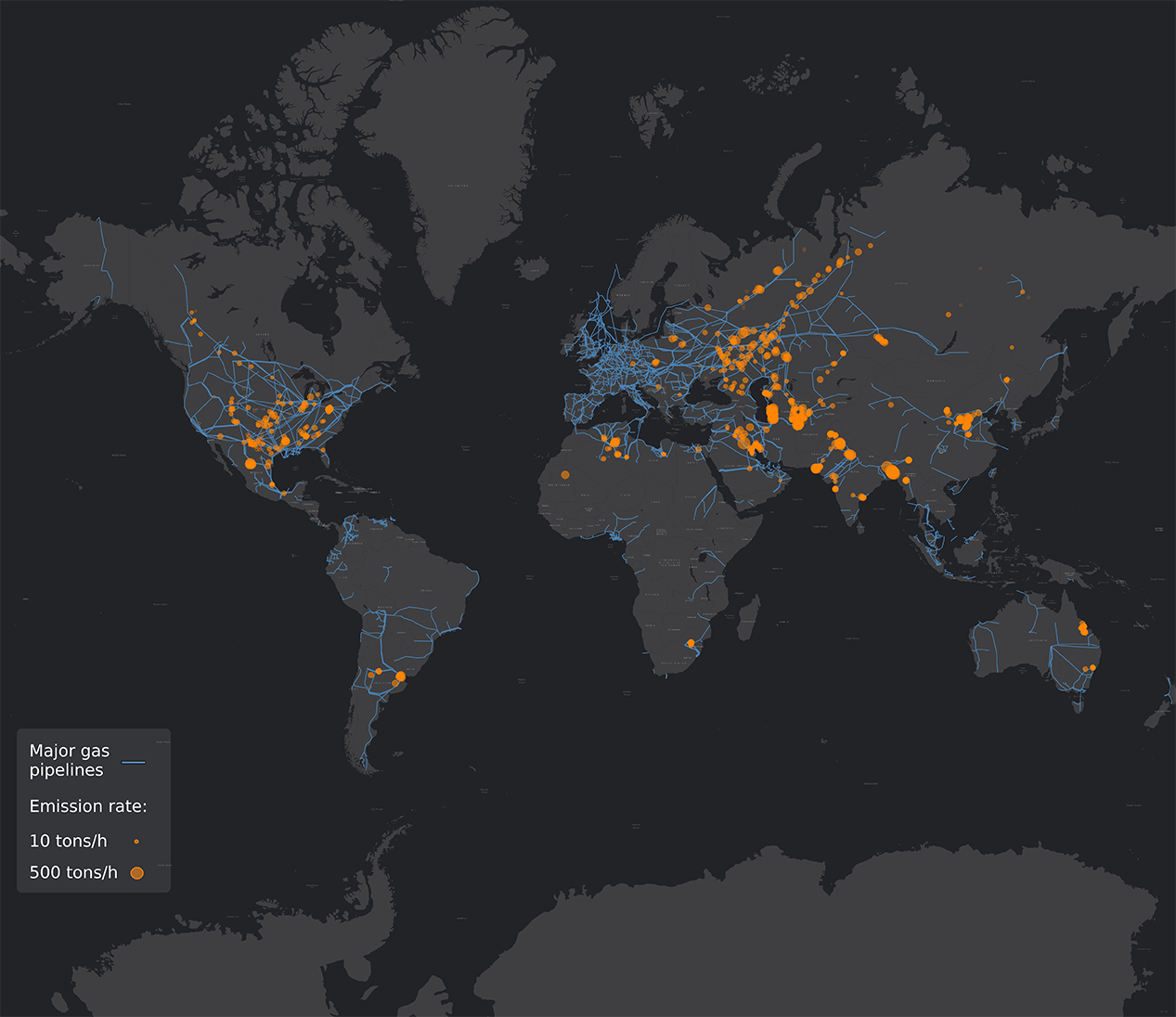Hey, didja know that this blog is part of a larger blogging network? I know! It’s true! Unfortunately, I’ve been a less-than-exemplary community member over the last couple years. International moves seem to use up a lot of my energy, so I just kinda turned into a hermit. In the name of doing better about that, I’ll be cross-posting more stuff from my fellow Freethought Bloggers, starting with this:
There is a very strong desire among some segments of the population to make contact with dead people. This desire has been exploited by charlatans, people who claim that (for a fee, of course) they can channel your loved ones. The methods used have varied over time. In the US, the rise in interest in communicating with the dead coincided with the Civil War that saw massive numbers of dead people that left their families devastated and seeking some form of comfort.
I’ve found the occult fascinating for years, both as a social and psychological phenomenon, and because I enjoy the aesthetics. I think that the phenomena behind both occult fads and cults are related, and that’s something we’d do well to consider as we continue into this century of high technology and climate chaos. At times it’s hard not to feel like the world is ending, and with the predicted rise in death and destruction, I think a lot of people are going to end up turning to strange places for help. I also think that with traditional Christianity being so closely tied to political leadership in the United States, a lot of younger people are going to prefer things that don’t remind them of the folks who seem to be screwing everything up. Reading Mano’s post made me think of this Tumblr thread Tegan came across a little while back:
Check out Mano’s post (there’s a neat video there!), and maybe spread this post (or the Tumblr post) around, because I’m pretty sure this is going to be one of those aspects of history we’d do well to learn from.



